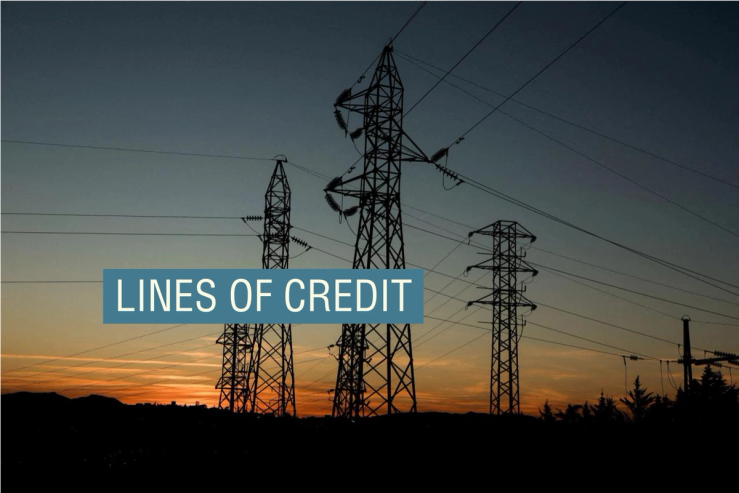The News
Clean energy companies in Europe and the UK are about to get a much-needed boost in the form of cheaper borrowing, as central bank officials push interest rate cuts as an antidote to US President Donald Trump’s tariff campaign.
The European Central Bank is expected to cut interest rates by a quarter point in June, and likely again in September, while a similar cut by the Bank of England is expected as early as Thursday. Cheaper financing in Europe could help turn the tide for renewable energy companies that are facing an increasingly hostile political climate in the US and finding new projects increasingly constrained by a shortage of transmission capacity on Europe’s electric grid.
In this article:
Tim’s view
For renewable energy projects, which are more reliant on upfront cash than fossil fuels to build before they can deliver returns, the relatively high interest rates that most central banks adopted to combat post-pandemic inflation have been a major headache. Renewables have been growing steadily in Europe — up to nearly half of electricity supply in 2024 — but the rate of adoption has slowed down. High borrowing costs contribute directly to that slowdown, as projects get more expensive to build. They also contribute indirectly: As last week’s blackouts in Spain and Portugal vividly demonstrated, Europe’s electricity grid is not adequately prepared for the influx of variable wind and solar power it is increasingly being asked to manage. Analysts think that investment in Europe’s electric grid is short by at least $10 billion per year relative to what is needed to handle rising demand and more distributed generation sources. High interest rates are one of the key explanations for that investment gap.
European renewable energy companies like the wind farm developer Orsted and turbine manufacturer Vestas need all the help they can get. Their share prices plummeted following Trump’s tariff announcement on April 2, in part because of their high exposure to rising steel prices for their projects in the US. As interest rates come down, their European projects will become more competitive; at this point, their shares are likely a good bargain for investors, Morningstar analysts wrote in a note.
Lower interest rates are also good for retail consumers. A study last year found that lower rates from the Bank of England could save UK households nearly £2 billion a year on their bills. Meanwhile, as US trade barriers go up, manufacturers in China of batteries, solar panels, heat pumps, and other hardware will be looking for new non-US markets to offload their products, said Christian Hernandez, co-founder of the London-based climate tech venture capital firm 2150: “Lower interest rates will make it more appealing for people to actually get financing and install those things that are now getting cheaper.”
Room for Disagreement
An influx of low-cost clean energy hardware into Europe from China might help renewable project developers, but it just means more competition for manufacturers like Vestas at a time when raw material costs are still going up. Cutting interest rates by a quarter point or so might not be enough to offset that.
Notable
- Trump’s tariffs work against one of his main energy goals: Getting Europe to buy more US liquefied natural gas. The head of Europe’s gas trade association warned this week that the more expensive it is to build new import terminals, the less LNG the EU will be able to afford.


